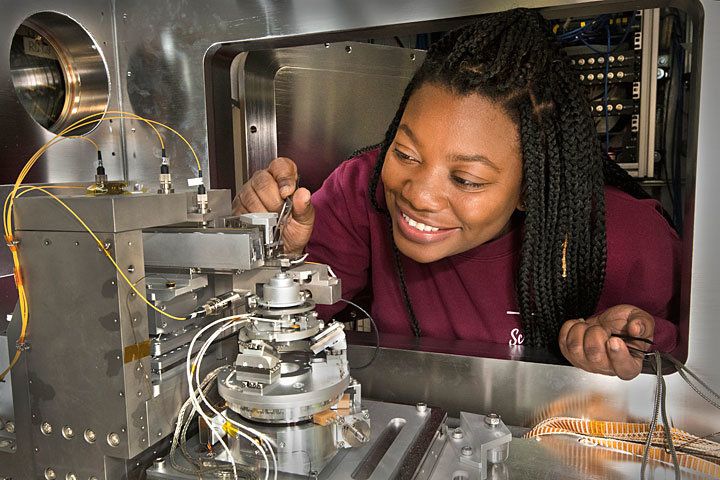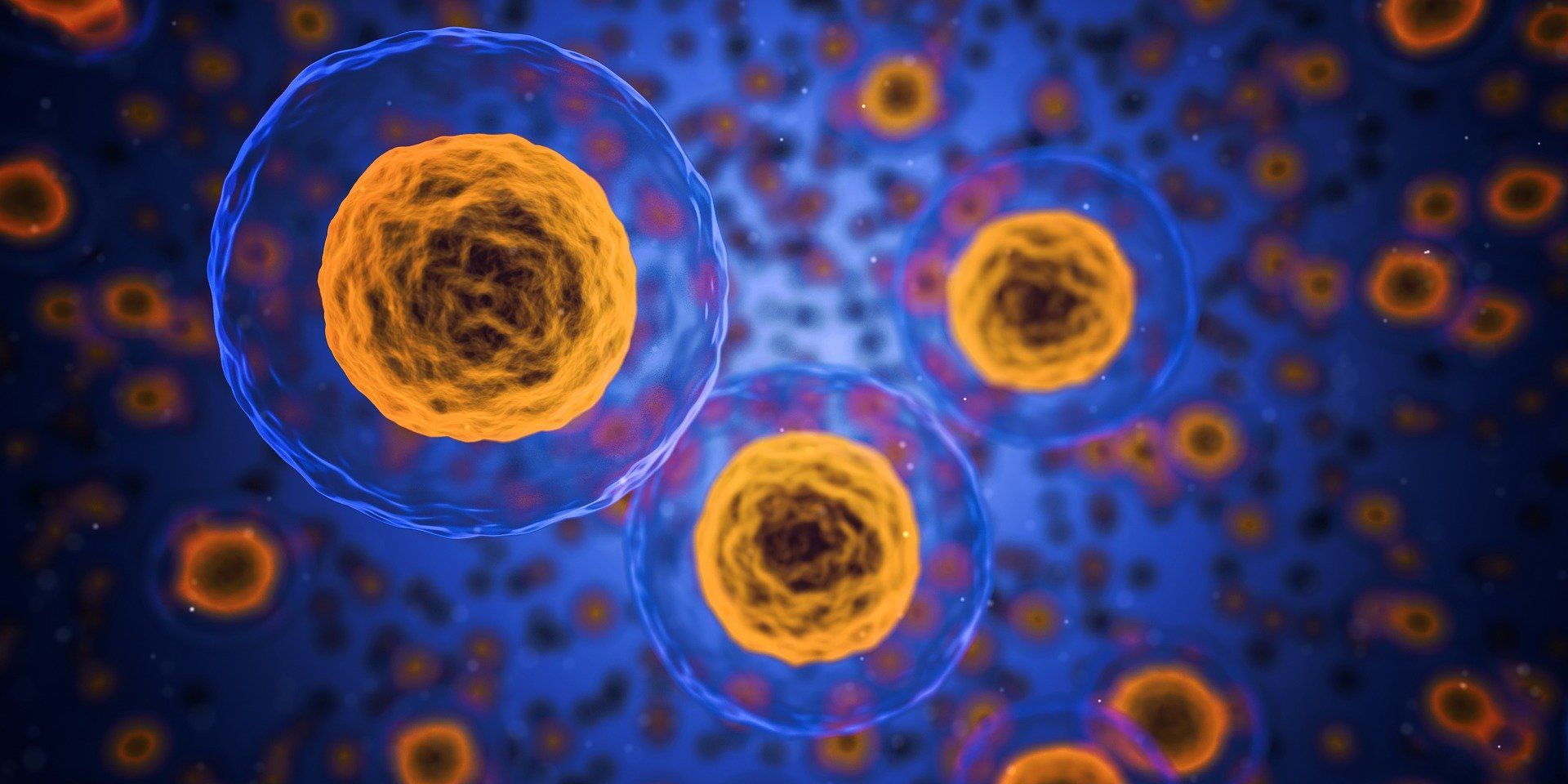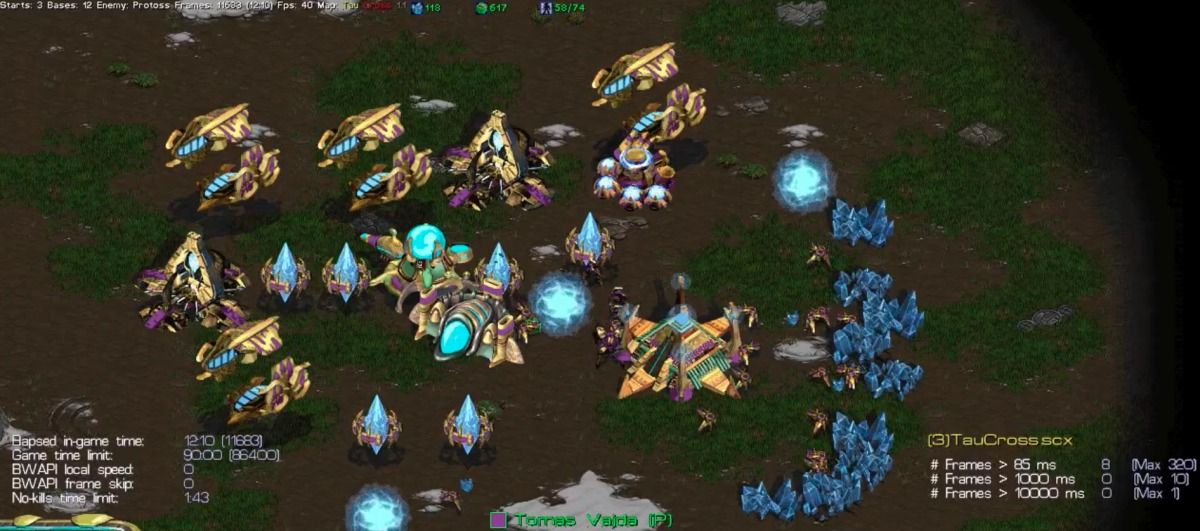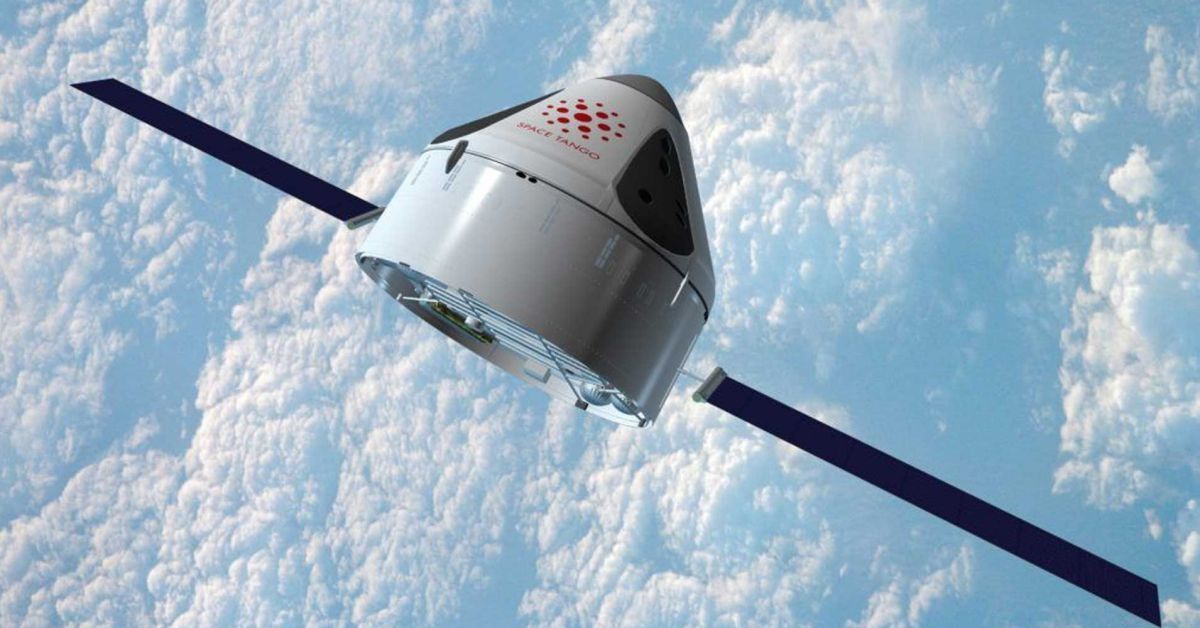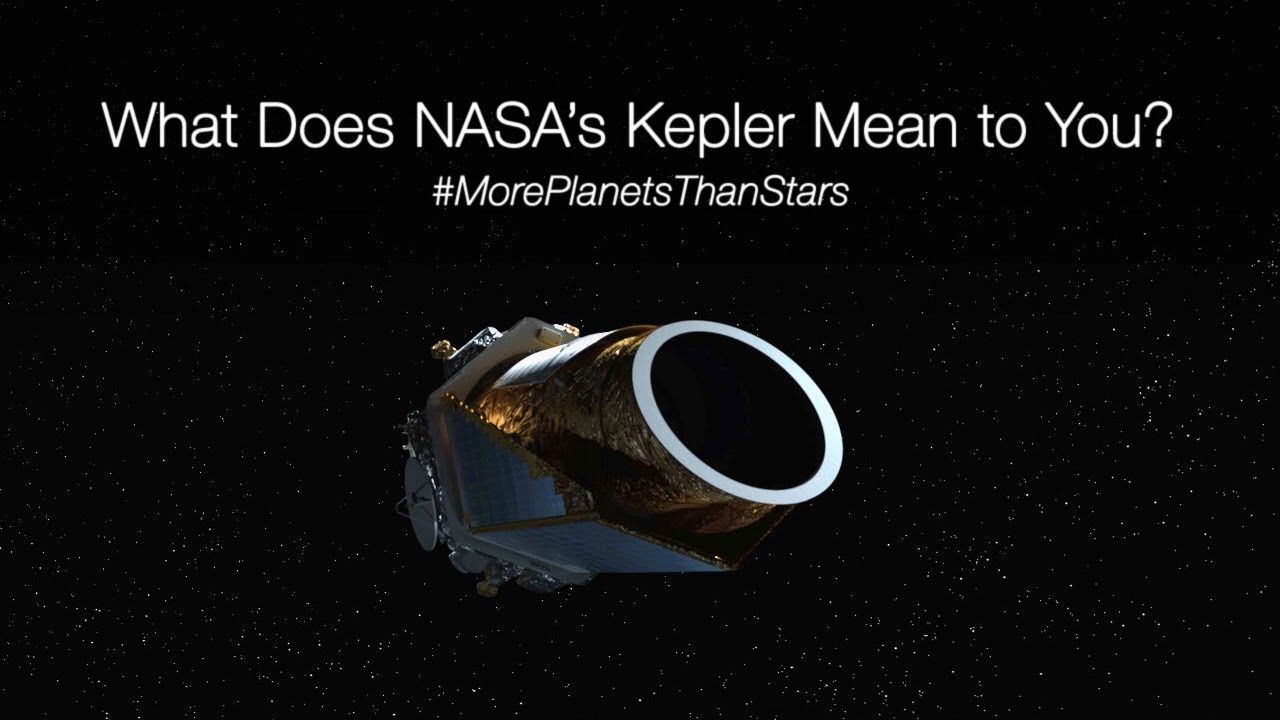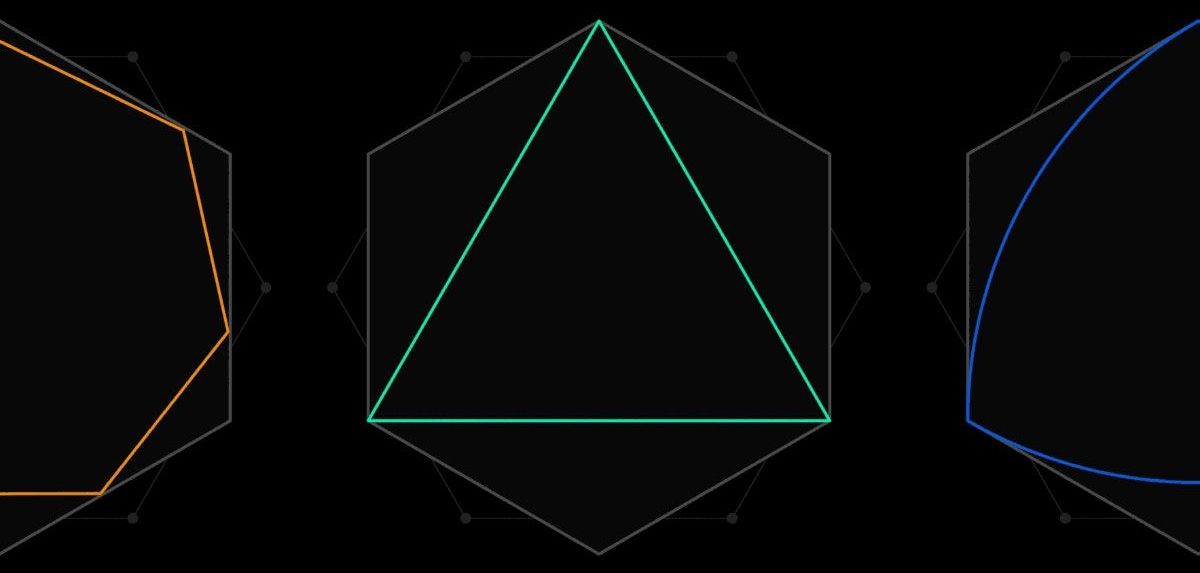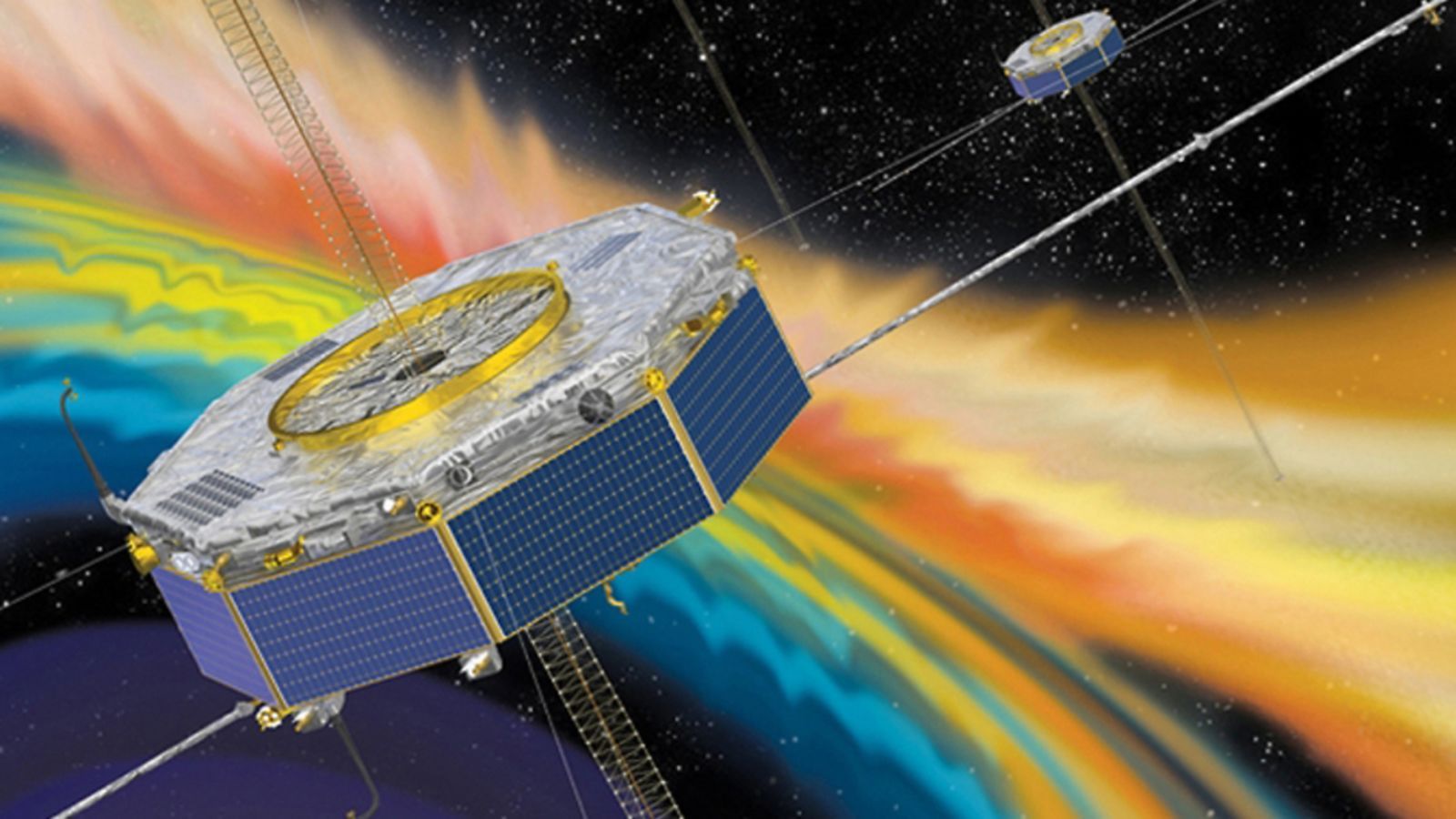Nov 16, 2018
Scientists produce 3D chemical maps of single bacteria
Posted by Genevieve Klien in category: biological
Scientists at the National Synchrotron Light Source II (NSLS-II)—a U.S. Department of Energy (DOE) Office of Science User Facility at DOE’s Brookhaven National Laboratory—have used ultrabright x-rays to image single bacteria with higher spatial resolution than ever before. Their work, published in Scientific Reports, demonstrates an X-ray imaging technique, called X-ray fluorescence microscopy (XRF), as an effective approach to produce 3D images of small biological samples.
